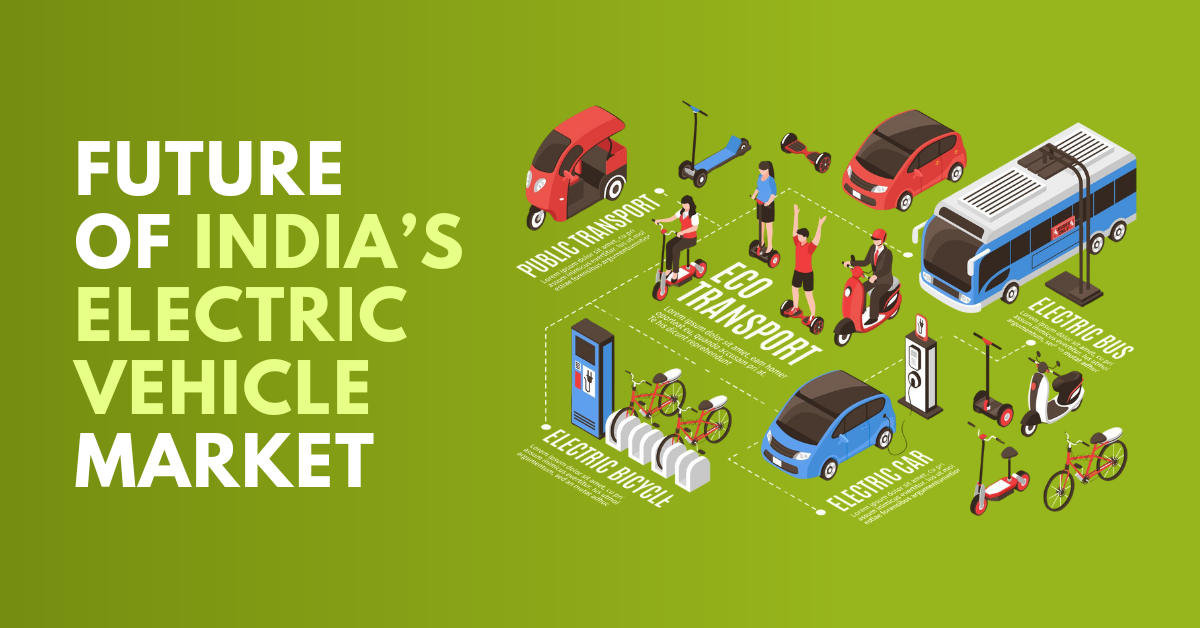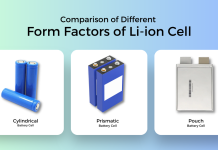
Amidst the rising concern around the deteriorating environmental conditions, electric vehicles have emerged as a suitable alternative for promoting sustainable transportation. With India enthusiastically embracing clean tech solutions to become a net-zero country by 2070, it is working towards achieving the target of 30% vehicle electrification by 2030. But with the FAME II scheme completing its tenure on March 31, 2024, coupled with no mention of FAME III in the recent Interim Budget, it is raising a lot of concern around the growth prospects of the industry.
Considering that the FAME scheme was introduced to encourage the adoption of EVs across the country, the uncertainty of subsidy extension is anticipated to dampen the demand for EVs in the market. But despite the skepticism around the continuation of the scheme, the market has been showing positive trends where the beginning of the year witnessed a whooping battery-powered vehicle registration of close to 1.44 million units.
Therefore, taking into consideration the dynamic nature of the sector at present, it is the need of the hour that the industry players overhaul their strategies to cope with the changes shaping the industry. Having created a market for EVs, it is time to sustain and further develop the sector to meet the evolving needs of consumers. Here, gauging the growing demand for EVs in the market, the industry should prioritize strengthening the manufacturing infrastructure to elevate the offering of the industry. Therefore, going forward focusing on the Production Linked Incentive (PLI) scheme can play an instrumental role in bolstering the growth of the EV sector. Where FAME subsidies cater to end-consumers on purchase of electric vehicles, PLI is offered to OEMs in the form of production-linked incentives
PLI scheme seeks to encourage manufacturers to boost their production with the help of financial incentives offered to them. It aims at making India a manufacturing hub to significantly reduce its dependence on imported components. Aligning with the purpose, the PLI scheme can bode well for fortifying the manufacturing ecosystem of EVs, giving impetus to the growth of the industry even in the absence of FAME subsidy.
As stated above, promoting the indigenous production of EVs and their components can bring about the localization of the supply chain, which can save manufacturers from the tedious and costly task of procuring components from other countries. Altogether, the scheme can play a pivotal role in minimizing the cost of EVs.
Along similar lines to further augment the output of the industry, the sector can also leverage the benefits of research and development under the scheme to foster innovation for curating highly advanced and competitive products.
Gauging the importance of R&D, it can drive the transformation of Li-ion battery manufacturing significantly. Understanding that Li-ion batteries contribute to the unrivaled performance of electric vehicles, they are at the heart of the EV ecosystem. Owing to this, the batteries account for 40-50% of the overall vehicle cost. Here, boosting the cost-effective manufacturing of battery cells can lead to huge savings for the OEMs, enabling them to pass on the benefit to the end customers. Harnessing the benefits of R&D under the scheme, the industry can continuously improve and elevate the manufacturing process to curate superior quality products that are at par with international standards.
Investing in intensive R&D-based manufacturing can help achieve a two-fold purpose of reducing the cost of the EVs and at the same time, instill faith among the customers by mitigating the safety issues in the vehicle. Contributing to the production of error-free products can immensely eliminate the risks of vehicle explosions and fire incidents. Consequently, even without the subsidy, the EV industry can prosper under the PLI scheme, driving deeper penetration not just in the country but also opening the gateway for export owing to the highly resilient and competitive products.






